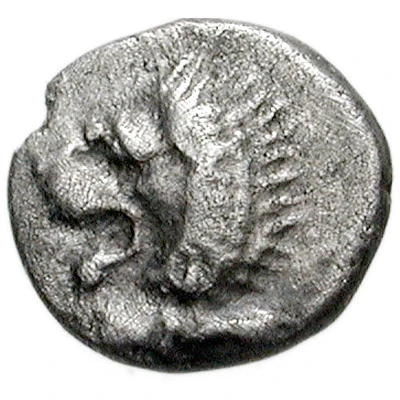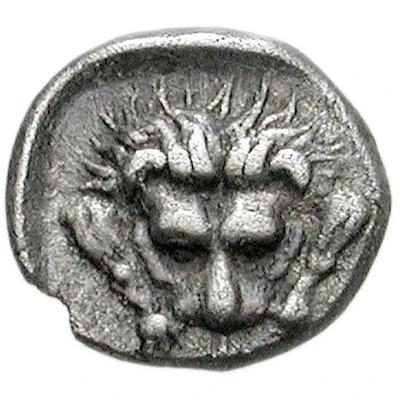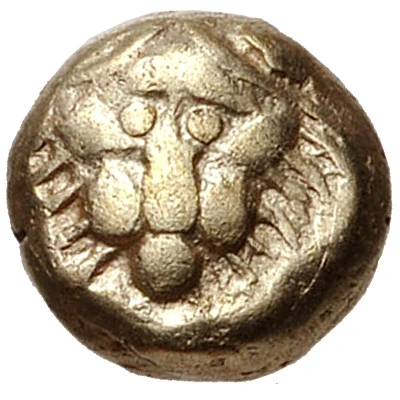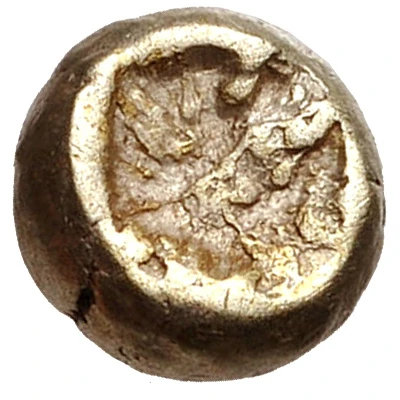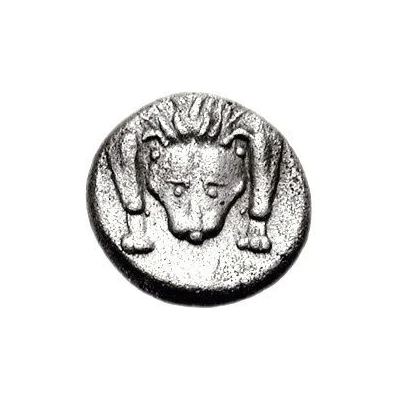
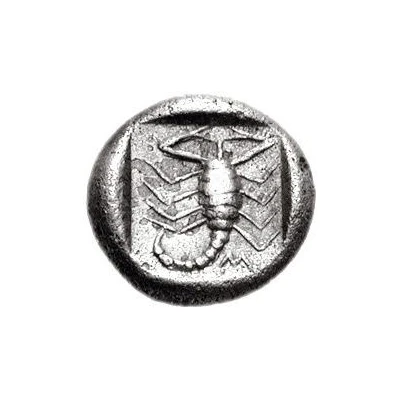

© Classical Numismatic Group, Inc.
Hemiobol 450 BC - 400 BC
| Silver | 0.59 g | 7 mm |
| Issuer | Mylasa (Caria) |
|---|---|
| Type | Standard circulation coin |
| Years | 450 BC - 400 BC |
| Value | Hemiobol (1⁄12) |
| Currency | Drachm |
| Composition | Silver |
| Weight | 0.59 g |
| Diameter | 7 mm |
| Shape | Round (irregular) |
| Technique | Hammered, Incuse |
| Demonetized | Yes |
| Updated | 2024-10-10 |
| Numista | N#389806 |
|---|---|
| Rarity index | 100% |
Reverse
Scorpion; below right, M; all within square incuse.
Script: Greek
Lettering: M
Comment
SNG Copenhagen -; SNG Kayhan 934-938 var. (no letter on reverse).
Interesting fact
The Hemiobol coin was used as a form of currency in ancient Greece, specifically in the city of Mylasa (Caria) during the 5th century BC. It was made of silver and weighed approximately 0.59 grams. Despite its small size, the Hemiobol was an important coin in ancient Greece, as it was used to purchase everyday items such as bread, wine, and other household goods. Its design featured the head of a satyr on one side and a rose on the other, symbolizing the rich culture and artistry of ancient Greece.
